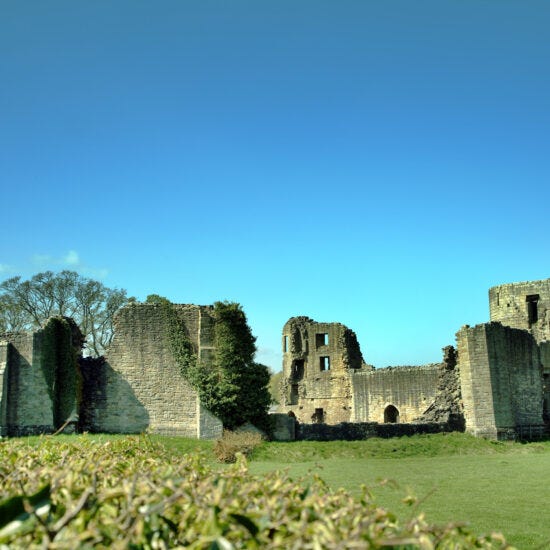Uncovering the past to plan for a bright future
Now is the winter of our latest dig. Tony Henderson on excavations beginning at Richard III castle.
A dig is set to start to discover more about life in a North East medieval castle once owned by King Richard III.
The project at Barnard Castle in County Durham, which dates from the 12th century, will provide opportunities for adult volunteers and children to take part in an archaeological dig, involve the public through guided tours, and will include a pop-up museum, hands-on artefacts classes, and community workshops.
The excavations are being led by DigVentures, which has pioneered the use of crowdfunding, crowdsourcing and digital methods to increase access to archaeology for people and to participate in research.
Earlier this month the organisation, which is based in Barnard Castle, completed its latest in a series of excavations on Holy Island.
The Barnard Castle dig programme begins today (November 16), and is part of a pilot project funded by Historic England and led by the Cultura Trust in partnership with landowner Raby Estates, to investigate the castle’s Outer Ward and bring it back into public use, alongside the regeneration of other disused buildings along Barnard Castle’s high street for use by community and heritage organisations.
Read more: Culture Digest 15.11.24 - Our weekly culture news roundup
DigVentures is also gathering information to help the Cultura Trust and Raby Estates understand how residents would like the site to be used, and which heritage activities can form part of a longer-term programme that benefits the community.
Barnard Castle has been under the guardianship of English Heritage since 1984 and has a rich medieval history.
The Outer Ward is one of four wards surrounding the castle and would once have contained a medieval church, farm buildings and the gate tower which controlled access to and from the town.
Much of the present castle was built during the 12th and early 13th centuries by the Balliol family.
The first castle was probably established by Norman knight Guy de Balliol, who in 1133 and was succeeded by his nephew, Bernard, from whom the castle and town derive their name - Bernard’s Castle. It was he who enlarged the castle to its present extent.
From the 14th century onwards, the castle belonged to the earls of Warwick, and from 1471 to 1485 to the Duke of Gloucester, later Richard III.
Richard took a particular interest in the castle and undertook repairs and alterations.
The castle’s Brackenbury Tower commemorates Sir Robert Brackenbury, an important supporter of Richard, who died with the king at the Battle of Bosworth in 1485.
The castle’s decline as a fortress began when it was damaged in an 11-day siege of in 1569, by rebels during the Rising of the North against Elizabeth I.
In 1952, Lord Barnard placed the ruins in the guardianship of the Ministry of Works, the predecessor of the Department of the Environment, and since 1984, English Heritage.
To find out about guided tours of the DigVentures dig, visit the website.





